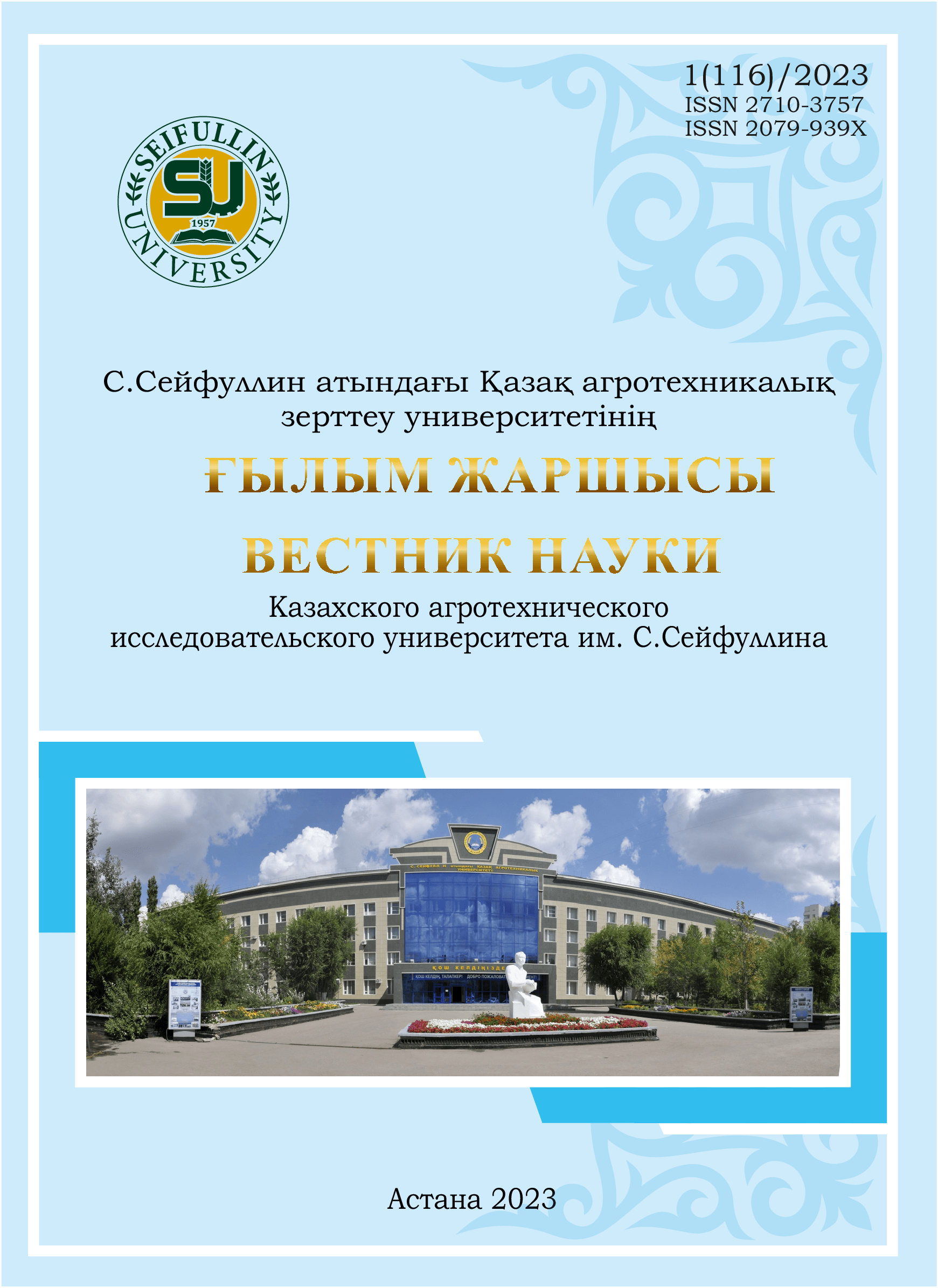STUDY OF CONTAMINATION INDICATORS DURING LONG-TERM STORAGE OF SPREADS
DOI:
https://doi.org/10.51452/kazatu.2023.1(116).1288Keywords:
spreads; microbiological indicators; E.coli; yeast; mold; QMAFAnM; storage temperature.Abstract
The long shelf life of spreads is one of the priorities in the development and creation of its technologies. When extending the shelf life of products, the first priority is the improvement of technology, the introduction of new types of packaging, the improvement of raw material quality indicators, and an enhanced sanitary regime during production. Due to the peculiarity of the composition, the spreads themselves have an unstable shelf life, so extending the shelf life is very relevant. The use in the recipe of the distribution of vitamins A and E slows down the oxidation process that occurs during storage. The establishment of shelf life and storage conditions for food was carried out in accordance with the hygienic requirements and nutritional value of the product. One of the main reasons for the long shelf life of spreads and, at the same time, violations in storage time is caused by temperature fluctuations, as well as by various microorganisms. In connection with such situations, research work was carried out to determine the purity and microbiological indicators of spread samples.

